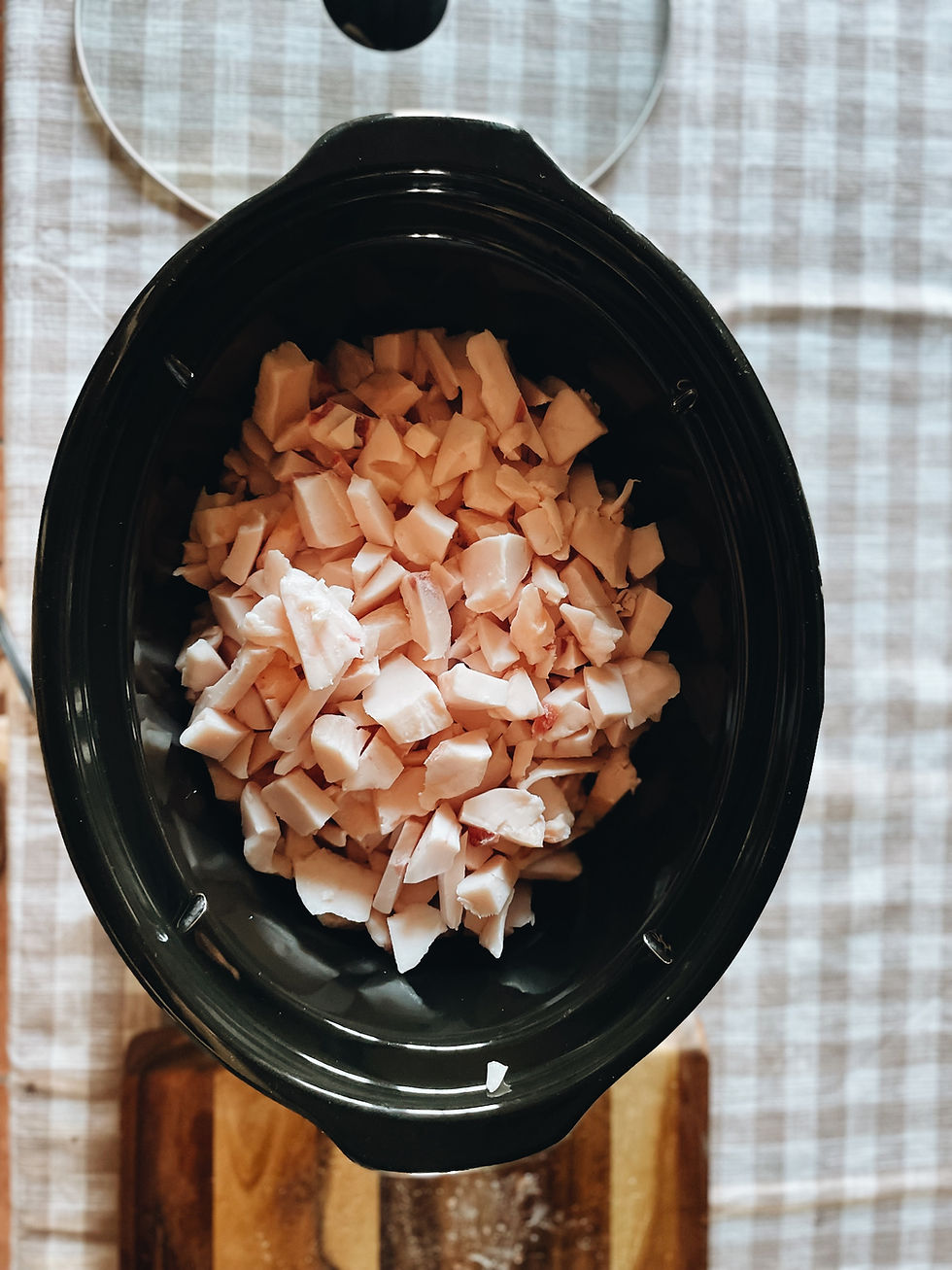Mangalitsa - the wooly pig!
- Heather Nerheim
- Aug 1, 2022
- 2 min read
Updated: Jul 14, 2023

Some of y’all have asked about our “funny looking” pigs! 🐷 We actually get folks who pull off the road to ask about them too! They are Mangalitsa pigs, also known as Mangalica, an old-world breed from Hungary. They are the last breed of pig in existence to sport a wooly coat, but that’s not the only thing that makes them special. Mangalitsa meat has been billeted as the "kobe beef of pork" and recognized by Slow Food in their Ark of Taste. They are a lard-type breed that not only produces delicious, silky, bright-white lard, but they will also give you the most decadent cuts of dark red, marbled meat you have ever laid eyes on. The taste of the meat is more akin to steak than pork.
As a lard-type breed, Mangalitsas almost went extinct in the 1990’s thanks to the vegetable oil industry and consumer movements away from the use of lard in cooking, candles, soaps, and cosmetics. Thankfully, lard is experiencing a renaissance among chefs and informed consumers returning to traditional foods. Lard and tallow from grass-fed and pasture-raised animals is incredibly high in omega-3 fatty acids and antioxidants, pretty cool right? It also contains less saturated fat than butter and zero trans fats! Mangas, as we call them on the farm, are used for the finest charcuterie in Spain, including the famous jamón mangalica, which is air cured for 3.5 years.😱
These guys thrive on pasture and have zero problems farrowing (giving birth) in the field. Our sows build the most elaborate nests for their babies and it is pretty amazing to watch. They are slow growing, usually going to market at 18-24 months as opposed to commercial pork which finishes in just 6 months. Because they grow slowly, and do not have large litters of piglets, they do not fit the commercial industrial model, another reason they nearly went extinct. But thanks to dedicated farmers in their native land they are now out of the endangered zone and a few even made their way across the ocean to the US, where there are a small number of farmers are working to preserve the breed.
















That’s so interesting. Thanks for sharing. Looking forward to trying it.